Description
Latin: Liquidambar styraciflua
Zones: 5-9
Other common names: redgum, American sweetgum, sapgum, bilsted
Mature Height: Typically reaching heights of 60-80 ft (18-24 m), occasionally up to 120-150 ft (36-45 m). Some trees can live up to 400 years. The trunk is usually straight and singular, while the crown starts pyramidal when young and matures into a more rounded shape (Missouri Botanical Garden).
Soil / Climate: Thrives in medium, well-drained soils in full sun; does not tolerate shade well. Prefers rich, moist soils but adapts to various soil types except alkaline soils. Growth in winter can be variable. Native from Connecticut and southern Illinois to central Florida and northeastern Mexico (Missouri Botanical Garden).
Notes: Leaves are dark green and glossy, typically 4-7 in (10-18 cm) wide with 5-7 pointed lobes and toothed edges, resembling a star shape. Fragrant when crushed, turning varying shades of yellow to bright red in fall. In spring, inconspicuous yellow-green flowers appear in small clusters. Female flowers develop into hard, spiky gum balls, dark brown and about 1.5 in (4 cm) wide. These persist on the tree into winter, galling in late winter to early spring. Wood is used for furniture and flooring; gum resin for incense, flavoring, gum, and perfume (Missouri Botanical Garden). Twigs have a corky appearance; bark is brown-gray with a rough texture and ridges (Virginia Tech). Commonly used in landscapes as a lawn or shade tree for larger residences, parks, and campuses, recognized by its distinctive star-shaped leaves and spiked fruits. Valued for lumber, veneer, plywood, cooperage, railroad ties, fuel, and pulpwood, with gum resin resembling turpentine. Problems: Generally free of major issues; vulnerable to borers, webworms, scale, and caterpillars. Can suffer from bleeding necrosis, leaf spots, and wood rot. In alkaline soils, iron chlorosis may occur (Missouri Botanical Garden).
Wildlife: Seeds are consumed by various bird species. Sources:
Stream Farm supplies Sweet Gum trees which are grown as bare root seedlings and transplants and sold both wholesale and retail with no minimum order.
- Virginia Tech: Liquidambar styraciflua
- Missouri Botanical Garden: American sweetgum
Additional information on Nyssa sylvatica can be found on the link: USDA / NRCS PLANTS Database.

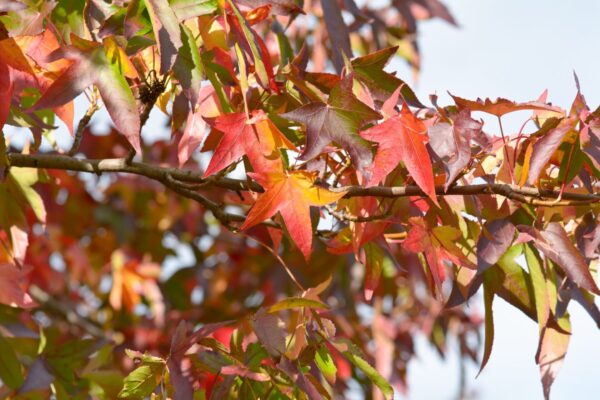
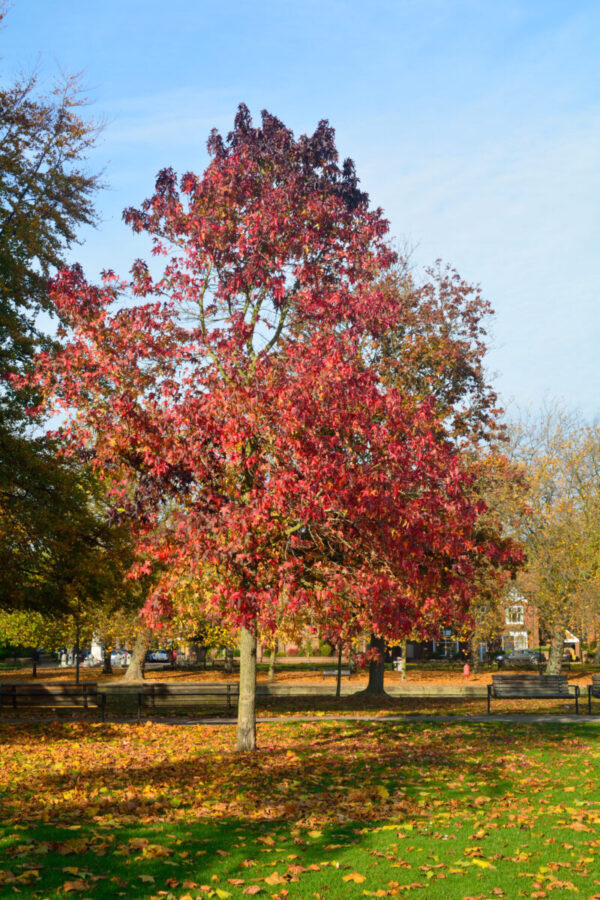
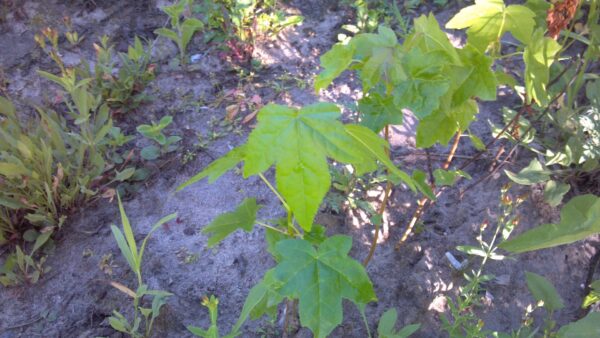
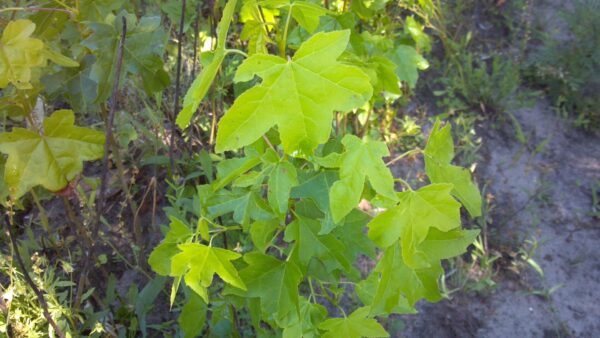
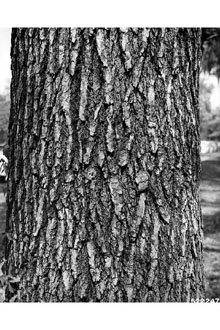
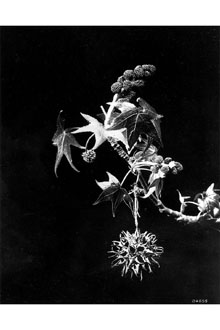
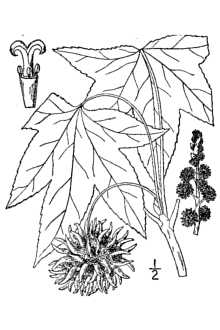
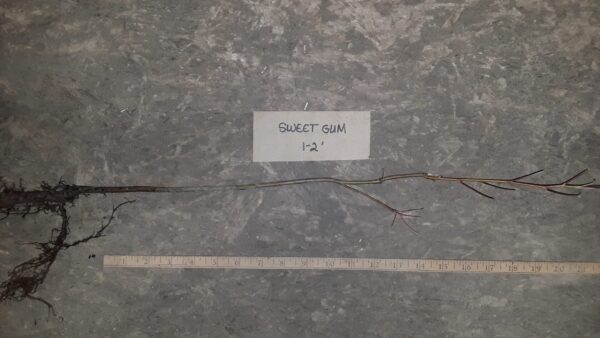
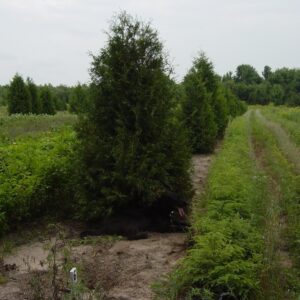
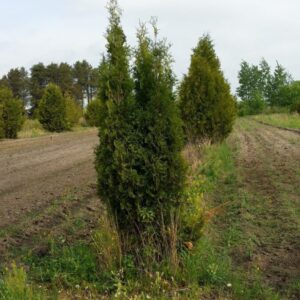
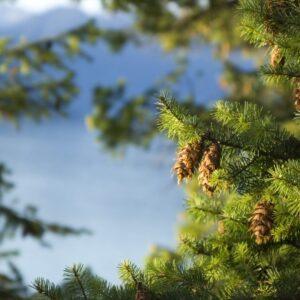
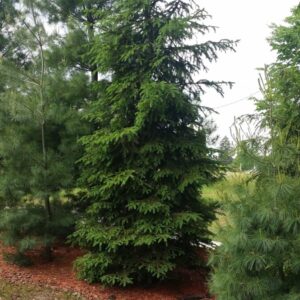
Reviews
There are no reviews yet.